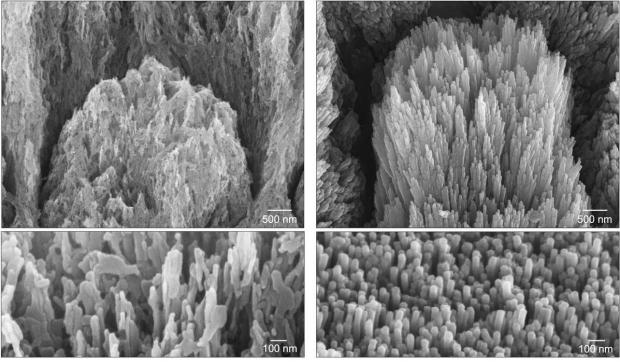
Breaking News
 Three Bob Ross Paintings Sold for $600,000 at Auction in Fundraiser for Public Television
Three Bob Ross Paintings Sold for $600,000 at Auction in Fundraiser for Public Television
 New Gel Regrows Dental Enamel–Which Humans Cannot Do–and Could Revolutionize Tooth Care
New Gel Regrows Dental Enamel–Which Humans Cannot Do–and Could Revolutionize Tooth Care
 Delta Airlines Treats Teens to Free 'Dream Flights' Inspiring Many to Become Pilots and Engi
Delta Airlines Treats Teens to Free 'Dream Flights' Inspiring Many to Become Pilots and Engi
 "Every reserve currency has COLLAPSED, the US dollar is next" We better buckle up!
"Every reserve currency has COLLAPSED, the US dollar is next" We better buckle up!
Top Tech News
 Blue Origin New Glenn 2 Next Launch and How Many Launches in 2026 and 2027
Blue Origin New Glenn 2 Next Launch and How Many Launches in 2026 and 2027
 China's thorium reactor aims to fuse power and parity
China's thorium reactor aims to fuse power and parity
 Ancient way to create penicillin, a medicine from ancient era
Ancient way to create penicillin, a medicine from ancient era
 Goodbye, Cavities? Scientists Just Found a Way to Regrow Tooth Enamel
Goodbye, Cavities? Scientists Just Found a Way to Regrow Tooth Enamel
 Scientists Say They've Figured Out How to Transcribe Your Thoughts From an MRI Scan
Scientists Say They've Figured Out How to Transcribe Your Thoughts From an MRI Scan
 SanDisk stuffed 1 TB of storage into the smallest Type-C thumb drive ever
SanDisk stuffed 1 TB of storage into the smallest Type-C thumb drive ever
 Calling Dr. Grok. Can AI Do Better than Your Primary Physician?
Calling Dr. Grok. Can AI Do Better than Your Primary Physician?
 HUGE 32kWh LiFePO4 DIY Battery w/ 628Ah Cells! 90 Minute Build
HUGE 32kWh LiFePO4 DIY Battery w/ 628Ah Cells! 90 Minute Build
 What Has Bitcoin Become 17 Years After Satoshi Nakamoto Published The Whitepaper?
What Has Bitcoin Become 17 Years After Satoshi Nakamoto Published The Whitepaper?
New Gel Regrows Dental Enamel–Which Humans Cannot Do–and Could Revolutionize Tooth Care

The gel can be rapidly applied to teeth in the same way dentists currently apply standard fluoride treatments. However, this new protein-based gel is fluoride-free and works by mimicking key features of the natural proteins that guide the growth of dental enamel in infancy.
The findings have been published today in Nature Communications.
Scientists from the University of Nottingham's School of Pharmacy, in collaboration with an international team of researchers, sought a method of treatment for addressing this major cause of tooth decay which is estimated to be associated with a full 50% of all tooth problems in the world.
These 50% of problems don't merely lead to the obvious infections like dental caries, cavities, and tooth loss, but are also heavily associated with conditions such as diabetes and cardiovascular disease. Arterial plaques—the substances that can impede blood flow and cause stroke and heart attacks, have been found to contain bacterial biofilms in the periodontal environment—think about that the next time to want skip flossing.
When applied, the scientist's experimental gel creates a thin and robust layer that impregnates teeth, filling holes and cracks in them. It then functions as a scaffold that takes calcium and phosphate ions from saliva and promotes the controlled growth of new mineral in a process called epitaxial mineralization.
This enables the new mineral to be organized and integrated to the underlying natural tissue while recovering both the structure and properties of natural healthy enamel.
It can also be applied on top of exposed dentine, growing an enamel-like layer on top of dentine, which has many benefits including treating hypersensitivity or enhancing the bonding of dental restorations.
"We have tested the mechanical properties of these regenerated tissues under conditions simulating 'real-life situations' such as tooth brushing, chewing, and exposure to acidic foods, and found that the regenerated enamel behaves just like healthy enamel,"
Dr. Abshar Hasan, a postdoctoral fellow and leading author of the study, said in a Nottingham U. press release.

 Unbanked In A Connected World
Unbanked In A Connected World

